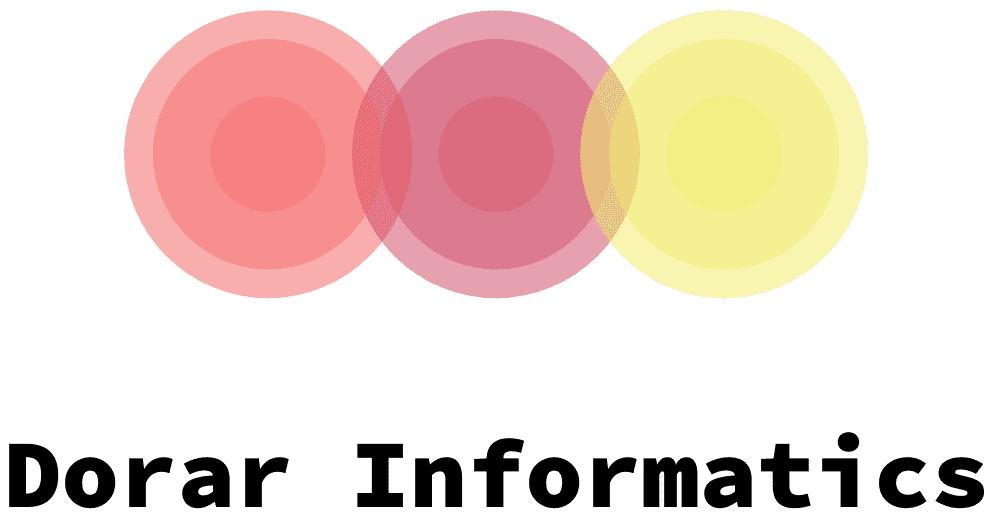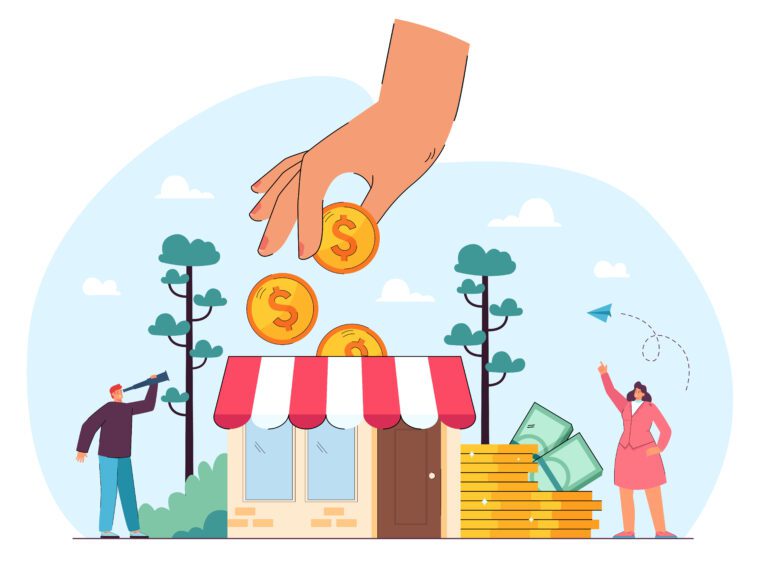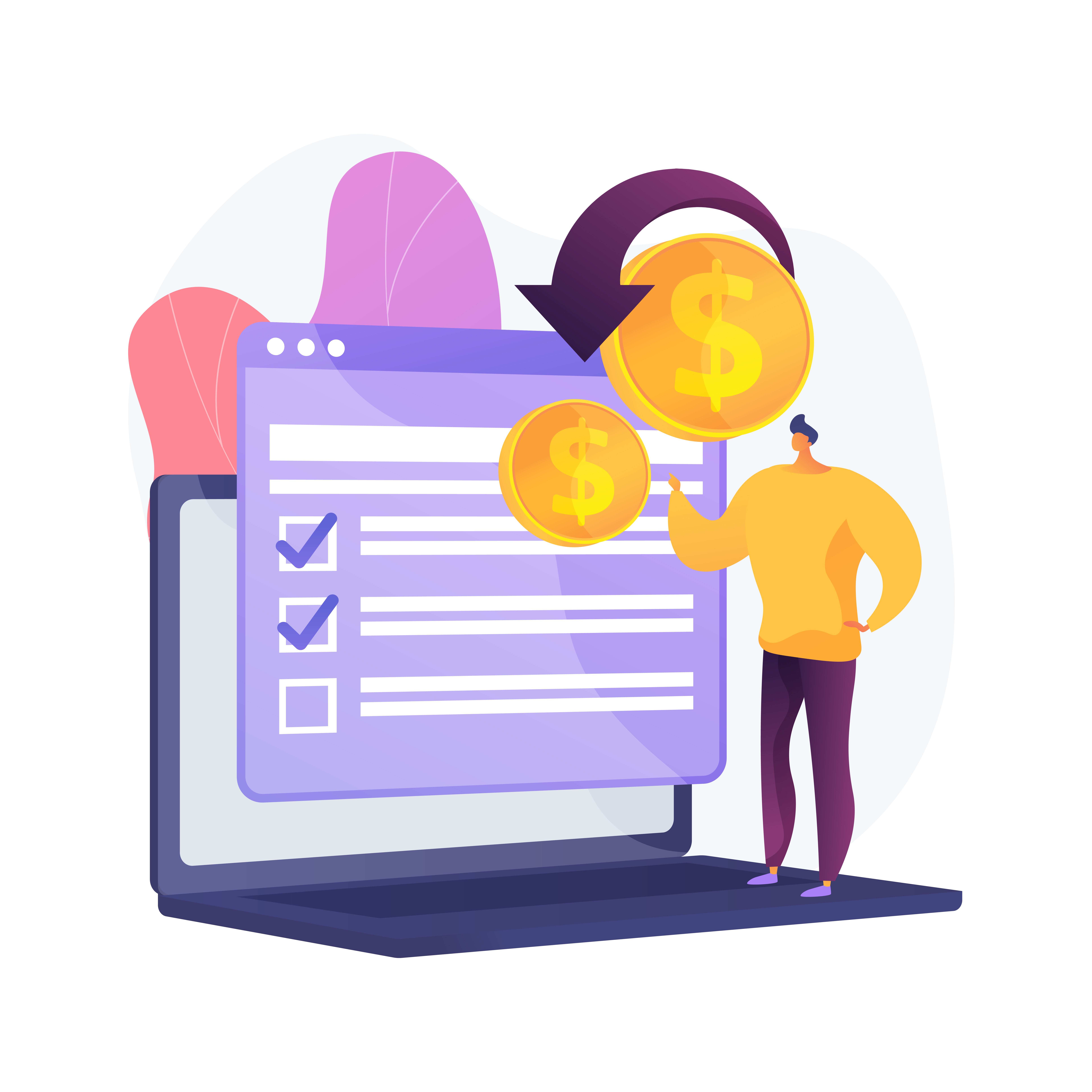A small business loan is a financing option that can be used to get money for either your current business or a new business that you are planning to start. Using a small business loan means that you will be getting the money that you need in order to do your business in the most effective way.
Unsecured vs secured
If you’re planning on borrowing money for your business, it’s important to choose the right type of loan. Unsecured and secured business loans are both available, but the choice will depend on a number of factors.
Unsecured small business loans can be a great way to get your hands on a little cash to keep your business afloat. However, they come with a lot of downsides. For example, an unsecured loan may carry a higher rate of interest than its secured counterpart. Furthermore, if you fail to repay the loan, you could find yourself in a big financial mess.
The best way to determine whether or not you qualify for an unsecured business loan is to fill out an application. You’ll need to provide information about your business and personal finances, as well as a cash flow statement. Your credit score will also play a role, although it’s not the only factor.
An unsecured loan is a bit quicker to obtain, but the risk to your business is higher. This is why many lenders require a personal guarantee. In the event of a failure to repay, your lender can repossess your assets.
Secured loans are the better choice for larger projects. They can offer a lower interest rate, which is important for a growing business. And if your business has valuable assets such as real estate, you might be able to use them as collateral. But if you are looking to get the most bang for your buck, an unsecured business line of credit may be the best option.
Although there are many options available, the best one for your business will depend on your needs and goals. It’s always wise to compare the advantages and disadvantages of each, and pick the one that best suits your situation.
Paycheck protection program (PPP) loans
If you are a small business that is experiencing financial hardship due to a calamity, you can use a Paycheck Protection Program (PPP) loan to help cover your payroll and other expenses. The loan is federally guaranteed and forgiven if you use the money to cover qualifying expenses.
According to the Small Business Administration, there are several requirements for participating in the PPP. Initially, the program was part of the CARES Act and provided loans to eligible businesses in need.
PPP loans can be retroactive to February 15, 2020, or borrowers can choose to extend the term of the loan for up to twenty-four weeks. Borrowers can also request forgiveness if they used the loan for qualifying nonpayroll costs. Besides payroll, expenses eligible for forgiveness include interest on mortgage obligations, utilities, and supplier costs.
According to the SBA, lenders and servicers are able to make a range of calculations when determining forgiveness rates. For example, banks have received greater volumes of loans than fintechs and have forgiven more loans. However, a recent study by the University of Texas revealed that some of the largest financial technology companies have forgiven less than their traditional bank counterparts.
One of the most interesting aspects of the PPP is the fact that it was introduced during an unprecedented economic shutdown. At the time, many companies were in danger of closing down. In response, the program was created. It primarily provides loans to small businesses to enable them to stay afloat until their employees are able to return to the workforce.
The Keeping Workers Paid and Employed Act was introduced to provide additional federally guaranteed PPP loans. This new law provides increased amounts of PPP loans and incentivizes rehiring of laid off workers.
Economic injury disaster loans
Economic Injury Disaster Loans are low-interest loans for small businesses that need working capital to offset temporary revenue loss from an emergency. EIDLs are administered by the Small Business Administration. They provide up to $2 million in loans to qualified nonprofits and private, non-profit organizations.
The SBA also offers Emergency Advances on Disaster Loans. These advance payments can be used to meet operating expenses, such as payroll and rent. However, you cannot use the proceeds of a Paycheck Protection Program loan for the same purpose.
If you are a business that is located in or adjacent to one of the declared disaster states, you may qualify for an Economic Injury Disaster Loan. Funds are available within three days after a successful application.
The loan is provided by the Small Business Administration and is guaranteed. It is available for businesses with less than 500 employees in the declared disaster areas. There is no collateral required for loans under $200,000.
The loan amount is based on your financial situation. You must have suffered at least 50% of your total economic loss from the disaster.
You can apply for a loan by contacting the Department of Small and Local Business Development. Once you have been approved, you will be given an application package. When you have the final loan document, you can start repaying your loan. Depending on your payment plan, your loan can be paid back in as little as 12 months or up to 30 years.
There are other terms and conditions. Businesses must have had at least 50% of their gross income reduced by at least 25%. This amount will be excluded from the tax basis.
SBA loans
If you’re a small business owner looking for a loan, an SBA loan may be just what you need. With low interest rates and flexible repayment terms, these loans can make it easier to expand your business. But before you apply, you need to understand what SBA loans are and how they work.
Basically, the Small Business Administration (SBA) is a federal agency that helps banks and other financial institutions lend money to businesses. The agency offers several different types of loans and programs to help you achieve your goals. Some loans are available to business owners with little to no collateral.
Other loans, however, require some form of collateral. You’ll need to discuss this with your lender. This could include a refundable deposit. A loan officer will decide whether you qualify for a loan based on your business’s finances.
Once you’ve determined your eligibility, you’ll need to fill out an application. The application should include a current P&L statement, an explanation of how you plan to repay the loan, a certificate of doing business, and other documentation.
Your loan officer will review your application to determine if you qualify for a SBA loan. If you do qualify, you’ll receive a letter of intent. It’s important to read the letter of intent carefully, because it outlines the terms of the loan.
Next, your lender will review your business plan and financial projections. If you’re approved, you’ll get a business loan agreement. This will detail the loan amount, payment schedule, and other details.
When you’ve signed the agreement, you’ll start making payments on your loan. Closing a loan can take a couple weeks. However, it’s always a good idea to consult a professional before signing.
Avoid rejection
If you have been rejected for a small business loan, there are a few things you can do to improve your chances of getting approval. For one thing, you can try to improve your credit score. This is important because lenders will want to see you can manage your financial obligations. In addition, you can try to make on-time payments to your creditors.
You may also try to reapply to the same lender. This is a quick and easy way to get a second opinion. However, you should not apply to multiple lenders at once. Doing this can significantly impact your credit score.
Another way to improve your odds of getting a loan is to create a winning business plan. This will demonstrate to prospective lenders that you understand the importance of your business and are serious about making it viable.
One of the most important reasons for a loan application to be rejected is a poor credit score. This is because a poor credit history makes it difficult to secure a business loan. Therefore, it is crucial to review your credit report before applying.
The Small Business Administration offers a handy checklist for applicants. Aside from the usual items such as a business plan and contact information, the list includes a few other important components.
For instance, the debt-to-income ratio is a good indicator of your ability to manage your financial obligations. To calculate the ratio, you must subtract your expenses from your revenues.
In addition to that, you can improve your credit score by making on-time payments. Lastly, you can look for another form of financing if the first one fails.




